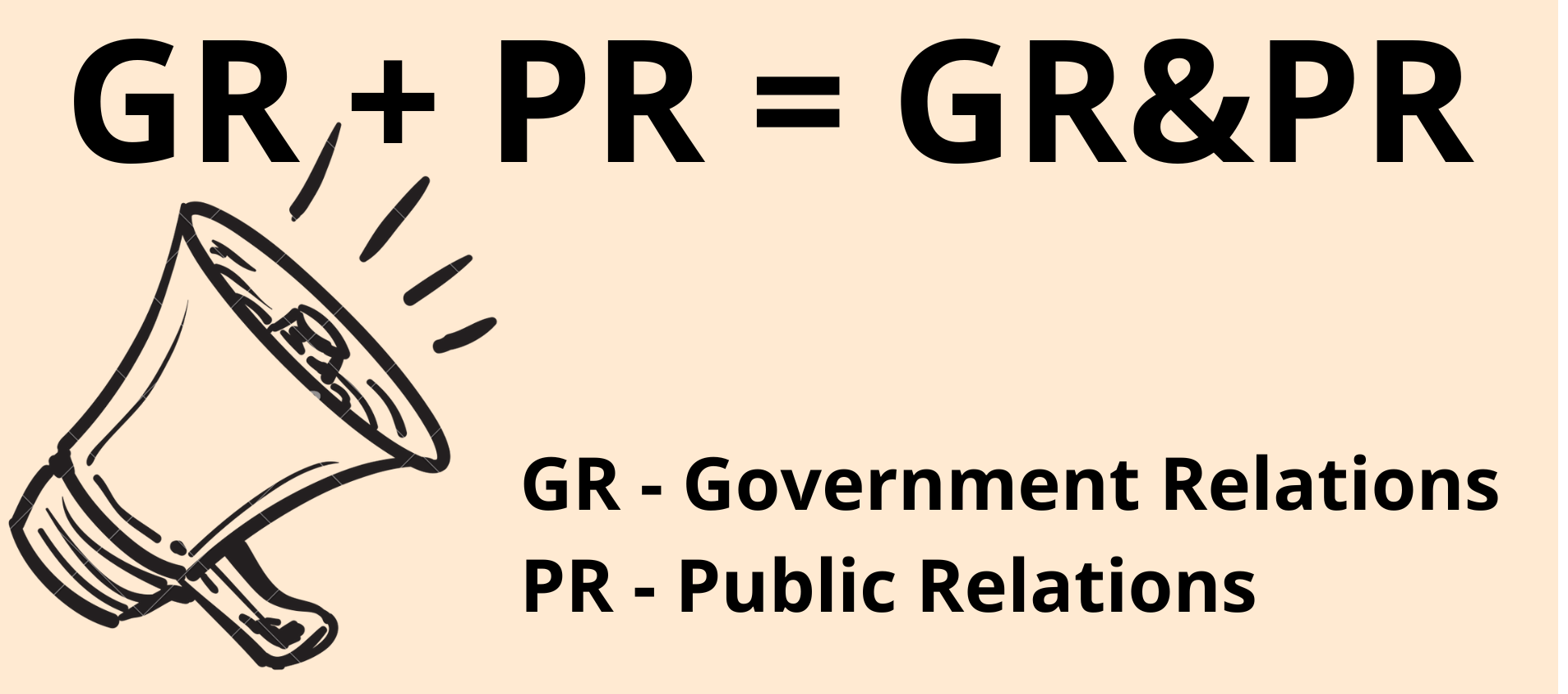与政府机构的互动(GR – 政府关系)包括与相当复杂且并不总是明确的监管框架合作,以及与政府机构建立富有成效的关系。 另一方面,PR(公共关系)的定义旨在创造积极形象、改善沟通和声誉管理。
GR 和 PR 的结合提供了一种影响公众舆论并简化合规性的整体方法。 最终,这会吸引注意力并形成积极的形象。
GR&PR策略的优势
- 将GR(政府关系)纳入公司发展战略,可以让您与影响行业发展的政府机构建立并维持关系。
- 如果做得好,与立法者和政策制定者进行对话可以使人们了解监管框架即将发生的变化。
- 这些知识有助于将推广品牌定位为思想领袖,积极适应行业变化。
GR&PR战略实施的例子
- 一家制药公司与政府当局合作改进药品审批流程。 这种合作伙伴关系可以通过展示公司对创新和患者福祉的承诺来凸显。 这不仅引起了人们的关注,也增强了公司作为行业负责任参与者的声誉。
- 一家能源公司正在利用 GR&PR 战略来促进替代能源的使用,同时强调其对可再生技术的投资。 该公司将自己定位为绿色经济的积极参与者,不仅吸引了公众、潜在投资者以及更广泛的受众——具有环保意识的消费者的关注。 当然,不注重与政府机构合作的传统PR在这些情况下效果就会大打折扣。
GR&PR 策略的关键方面
| 方面 | 描述 | 对品牌形象的影响 |
| 开展广告活动 | 创造能引起监管机构和公众共鸣的口号、口号和广告活动,塑造积极的品牌形象。 | 将品牌定位为可靠、值得信赖且符合公共利益。 |
| 增加媒体报道 | 利用各种渠道与政府机构和媒体建立关系,提供更广泛的报道。 | 提高品牌知名度,扩大受众范围。 |
| 与不同的利益相关者合作 | 与行业协会、社区团体和影响者建立关系 | 展现企业责任和积极参与社会。 |
| 简化长期规划 | 根据不断变化的立法预测监管变化并尽早调整策略。 | 代表品牌作为意见领袖参与行业规范和规则的制定。 |
| 危机管理 | 通过向利益相关者提供最新信息,积极应对危机情况,这对声誉风险管理产生积极影响。 | 表现出透明度、责任感和协作寻找解决方案的能力。 |
| 行业领导力和影响力 | 参与政治辩论,提供专家意见,并表现出对社会进步的承诺。 | 提高品牌声誉,赢得竞争对手、监管机构和公众的尊重。 |







